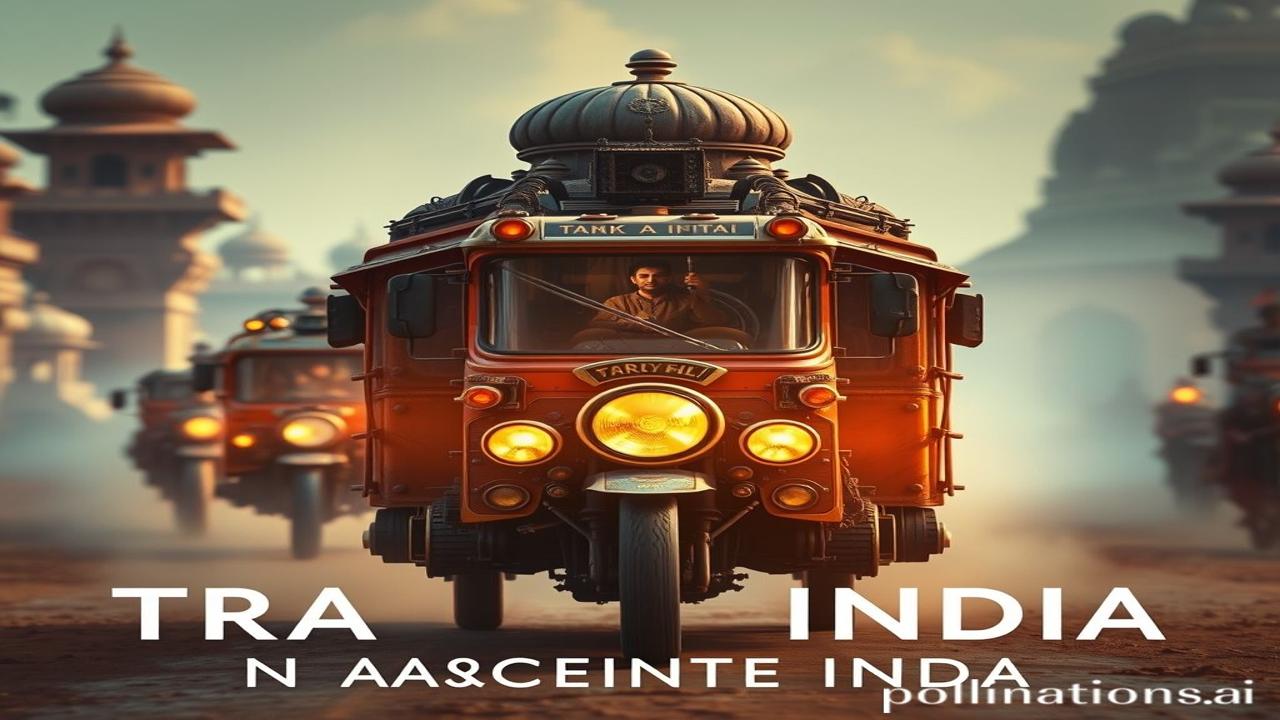Waqt Ki Dhool Mein Chhupi Gaadiyan: Exploring Ancient India’s Transportation Tech
Kabhi socha hai, jo raaste aaj hum gaadiyon se bhar dete hain, unhi raaston par hazaron saal pehle kaise aate-jaate the log? Imagine, bina petrol aur electric ke, bina Google Maps ke… kya nazaara hota hoga! Waqt ki dhool mein kuch aisi hi kahaniyan chhupi hain, jo humein hairan bhi karti hain aur proud bhi. Chalo, aaj hum India ke ancient transportation tech ke baare mein jaante hain!
Ancient India: A Hub of Innovation Even Then
So, what are we talking about exactly? We’re diving into the transportation methods used in ancient India, from the Indus Valley Civilization (around 3300 BCE) to the Gupta period (around 550 CE). This wasn’t just about walking! We’re talking about boats, bullock carts, chariots, and even sophisticated road networks – all built with the ingenuity of the people living then.
Why is this important? It shows us that innovation isn’t a modern concept. Our ancestors were clever, resourceful, and damn good at engineering, even without today’s technology. Understanding this connects us to our dharohar (heritage) and gives us a deeper appreciation for the skills that shaped our civilization.
Zameeni Sach: Log aur Unka Jeevan
Picture this: Harappa (Indus Valley Civilization). A busy port city. Merchants load goods onto sturdy boats for trade with Mesopotamia. Imagine the bustling harbors, the shouts of the dockworkers, the smell of the river mingling with spices.
Fast forward to the Mauryan Empire. Chandragupta Maurya, the founder, had an army that moved swiftly thanks to a well-maintained road network. Rajpath (royal roads) connected major cities. Imagine couriers on horseback delivering important messages, traders transporting precious goods on bullock carts, and pilgrims traveling to holy sites.
Ek scene imagine karo: Ek kisaan (farmer) apne bail gaadi (bullock cart) mein apne kheton se gehun (wheat) lekar bazaar jaa raha hai. Suraj ki garmi hai, lekin gaadi ki chaadar usko thodi rahat de rahi hai. Raaste mein, woh doosre kisaano se milta hai, sab ek doosre ka haal chaal poochhte hain. Simple, but essential for their livelihood.
Aur fir, let’s talk about boats! From simple rafts made of bamboo to sophisticated sailing vessels capable of navigating the Indian Ocean, Indians were masters of water transport. Remember, water was often the fastest way to travel long distances.
Dharohar aur Pehchan: Echoes in Today’s India
Even today, we see remnants of ancient transport in our culture. Bail gaadiyan are still used in rural areas, though less frequently. The concept of dharma (duty) is deeply connected to the efficiency and safety of travel, reminding us of the importance given to road maintenance and security in ancient times.
Think about the rath yatras (chariot processions) during festivals like Jagannath Puri. These massive chariots, pulled by thousands of devotees, are a direct link to the ancient tradition of chariot warfare and ceremonial processions. It’s a reminder of our kala (art) and shakti (power).
The very idea of yatras (pilgrimages) is deeply ingrained in Indian culture, and these journeys, whether on foot or using vehicles, connect us to our spiritual roots. Our ancestors walked for miles to visit holy sites, and that spirit of exploration and devotion continues to this day.
Mazedaar Tathya ya Bhram-Bhanjak:
Myth: Everyone thinks ancient India was just about bullock carts.
Truth: They had advanced shipbuilding technology and even rudimentary forms of gears and pulleys for construction. The Arthashastra mentions the importance of maintaining roads and bridges, indicating a sophisticated understanding of infrastructure.
Fun Fact: Ancient Indian texts describe different types of boats, including those with multiple sails and cabins. They even used magnetic compasses for navigation, long before Europeans did!
Drishya aur Bhavnayein:
Imagine the sounds of a bustling ancient Indian city: the clatter of chariot wheels on stone roads, the rhythmic chanting of mantras in the temples, the calls of vendors selling their wares, the laughter of children playing in the streets, the gentle gurgling of the river as boats set sail. The air smells of spices, sandalwood, and freshly baked bread. The sun beats down, but the shade of the trees offers respite. The temple walls feel cool and smooth to the touch.
Antim Vichar ya Uddharan:
Ancient India’s transportation technologies may seem simple compared to today’s marvels, but they were groundbreaking for their time. They connected people, facilitated trade, and shaped the course of our history. They remind us that innovation is not about having the latest gadgets, but about using our ingenuity to solve problems and improve the lives of others.
As the Sanskrit Shloka says: “चरैवेति चरैवेति” (Charaiveti, Charaiveti) – Keep moving, keep moving! This reflects the spirit of exploration and progress that has always been a part of the Indian ethos.
